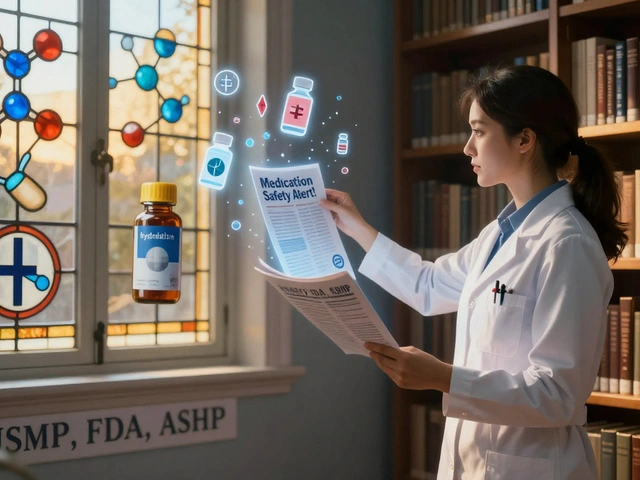Hydrea rash: what to watch for and how to respond
Using Hydrea (hydroxyurea) can help many blood disorders, but skin reactions are a common reason people get worried. A Hydrea rash can be mild and temporary — or, rarely, a sign of a serious reaction. This page tells you what these rashes usually look like, simple care steps you can try at home, and clear signs that mean you need medical help.
What a Hydrea rash looks like
Mild reactions are the most common. Expect small red bumps, patchy redness, or itchy spots that show up on the trunk, arms, or legs. Other possible changes include:
- Dry, flaky skin and increased sensitivity to sun (photosensitivity).
- Brown or bluish skin darkening (hyperpigmentation) over time.
- Changes in nails or nail discoloration.
- Painful, slow-healing leg ulcers after long-term use (more likely in older patients or those with circulation problems).
Rare but serious reactions include widespread blistering, mouth sores, high fever, or a rapidly spreading rash. These can signal Stevens-Johnson syndrome (SJS), toxic epidermal necrolysis (TEN) or DRESS — all need urgent care.
What to do right away: simple, practical steps
If the rash is mild and you feel otherwise fine, try these steps:
- Take photos so you can track change or show your doctor.
- Stop strong sun exposure and use a broad-spectrum sunscreen and protective clothing.
- Use a gentle, fragrance-free moisturizer to reduce dryness.
- For itch, try an OTC antihistamine (like cetirizine or loratadine) or a 1% hydrocortisone cream on small areas — follow package directions.
- Cool compresses help reduce burning or itching.
Call your prescriber if the rash doesn’t improve in 48–72 hours, gets worse, spreads rapidly, or is painful. Do not stop Hydrea unless your doctor tells you to — except if the rash is severe (see below).
Seek emergency care or stop the drug immediately if you have any of these:
- Widespread blisters, peeling skin, or mucous membrane sores (mouth, eyes, genitals).
- High fever, swollen glands, or a rash that spreads fast.
- Trouble breathing, swelling of the face or throat, or fainting.
For persistent or recurrent rashes your doctor may lower the dose, pause treatment, or refer you to a dermatologist. Leg ulcers need wound care and may require stopping the drug. If you’re on other meds, mention them — combinations can change skin risk.
If you're unsure, contact your treatment team. Quick photos and a short description of when the rash started give your doctor the best chance to advise fast. Small steps at home can calm mild rashes, but don't ignore sudden, severe changes — they need immediate attention.

Hydrea Side Effects: Spotting and Managing Risks Early
Get the facts on Hydrea side effects. Learn how to spot bone marrow suppression, handle rashes, and navigate pregnancy risks—straightforward and practical advice.
Read More




